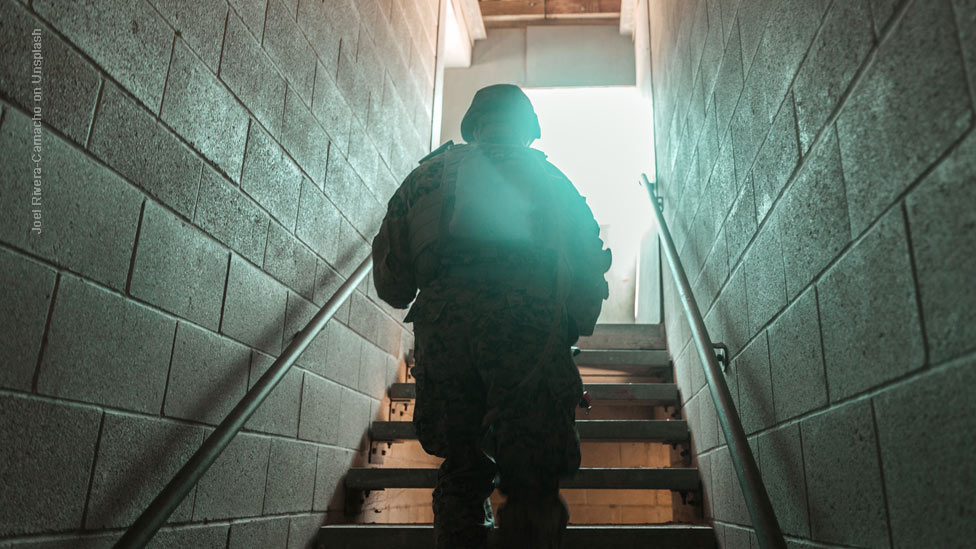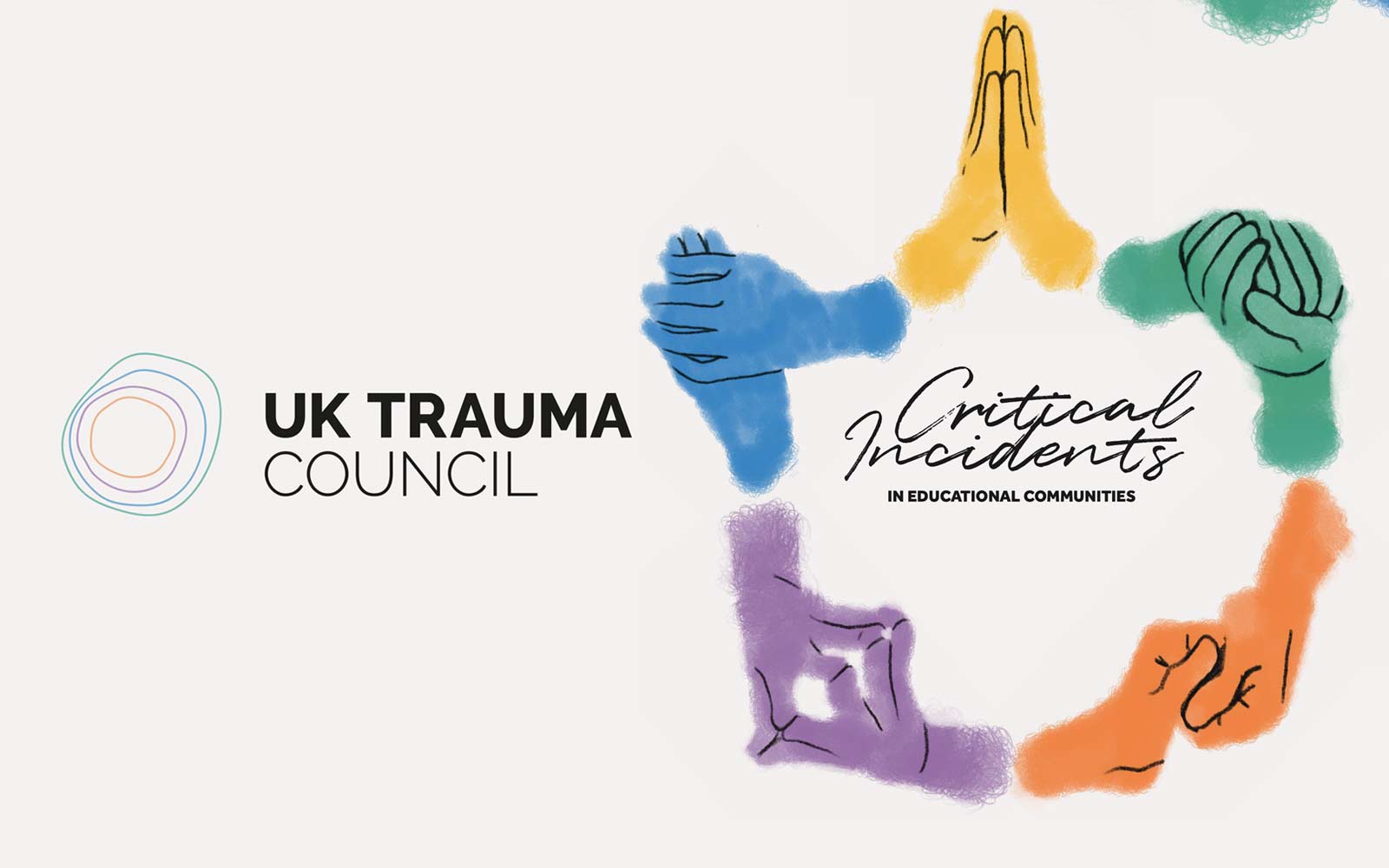Latest U.S. guidance on PTSD management in serving military & veterans
News | Latest U.S. guidance on management of PTSD in military and veterans released
The updated document is the first in five years, and comes from the U.S. Department of Veterans Affairs (VA) and the Department of Defense (DoD).

The latest Defense Clinical Practice Guideline (CPG) for Management of Posttraumatic Stress Disorder and Acute Stress Disorder, from the United States VA and DoD has been published. The document is designed for use by those involved in the care of active duty U.S. military service personnel and veterans with a diagnosis of PTSD, and presents general guidance on best evidence-based practices.
Based on a systematic review of clinical and epistemological evidence presented in 141 published papers, it spans the assessment, prevention and treatment of PTSD specifically applied to a U.S. context. There are also specific sections on the treatment of nightmares, and co-occuring conditions such as substance misuse.
The current document replaces the guidance released in 2017. Notable updates include a review of individual trauma-focused therapies, rather than a collective assessment of their efficacy, and more stringent inclusion/exclusion criteria for considered studies. Individual, manualised, trauma-focused psychotherapies remain the strongest recommended interventions by the authors, with Cognitive Processing Therapy (CPT), Eye Movement Desensitisation and Reprocessing (EMDR), and Prolonged Exposure (PE) the most strongly recommended.
The guidance also features 11 research priorities, including focus on applicability of screening and interventions to underrepresenting minority groups, post-trauma preventative measures, and the efficacy of combined treatments.
The guidelines cane be downloaded from the US Department of Veterans Affairs website.
UPDATE (April 2024):
Hoge, Chard and Yehuda published a response to the guidelines in JAMA Psychiatry (https://doi.org/10.1001/jamapsychiatry.2023.4920). The authors critique the methodology behind the document, and question the reduction in the number of recommended interventions.



